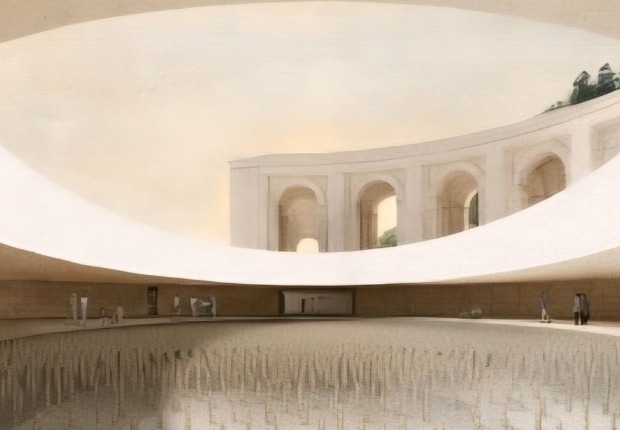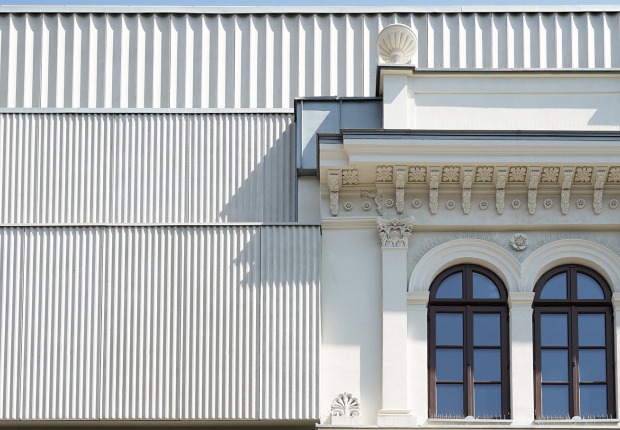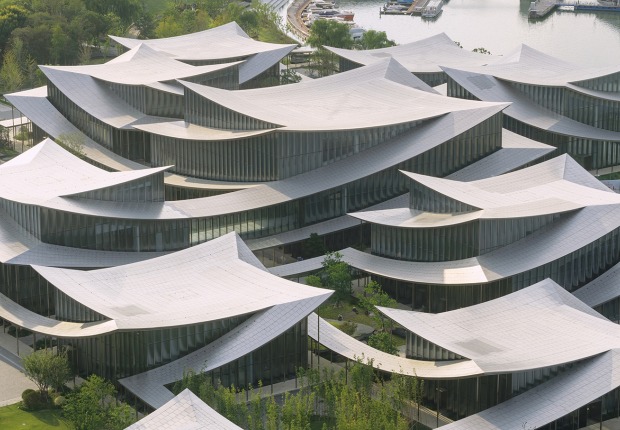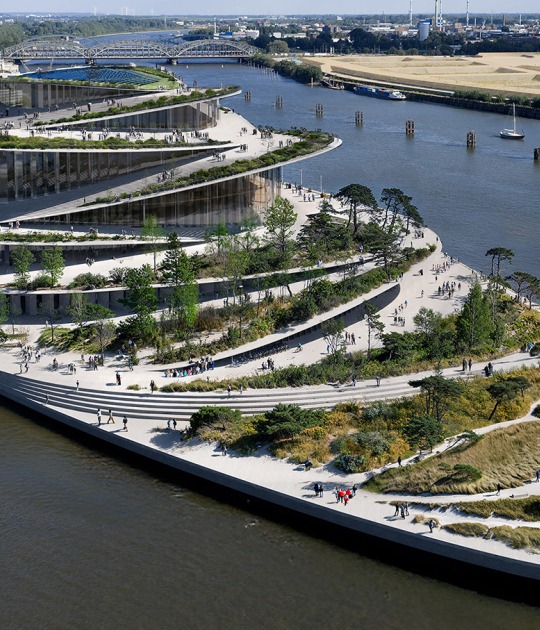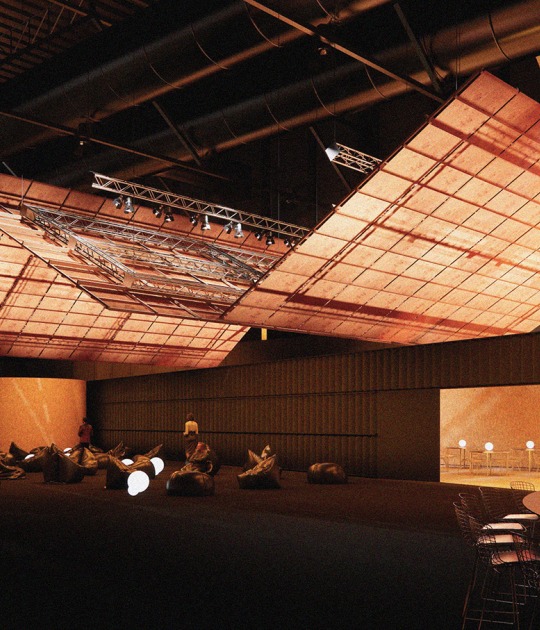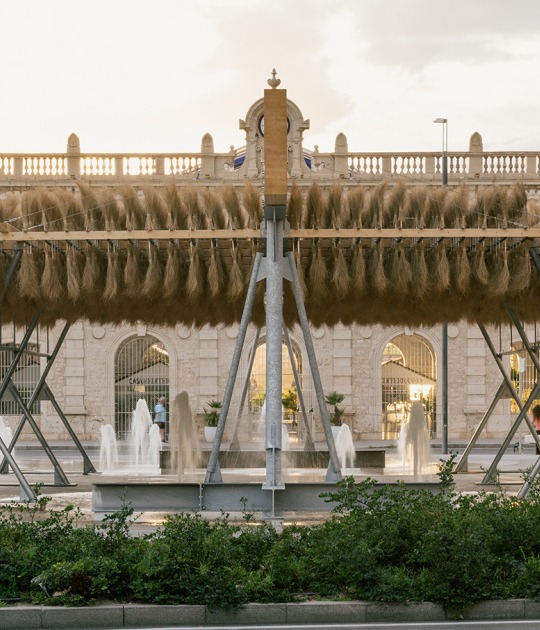According to the 2022 jury statement, there was "extreme diversity across the nominated projects. This diversity is a result of projects which respond to their local conditions and offer lessons for a whole continent. Different contexts produce different values, provide specific materials and processes, and produce very diverse projects."
If you paid attention, from far North to far South in the Americas, appear amazing projects that offer concepts, designs and solutions of all sorts.
If you paid attention, from far North to far South in the Americas, appear amazing projects that offer concepts, designs and solutions of all sorts.
"The most vital projects seem to effortlessly and elegantly solve problems appropriate to their context and offer people new ways to think about, experience, and use the world around them.
Projects were assessed not in competition with others but measured by their ability to portray the needs and aspirations of their societies meaningfully and their capability to provide a new significance to their surrounding context.”
MCHAP 2022 Jury Chair Sandra Barclay in a statement prepared by the jury
The fourth prize cycle considers built works completed in the Americas between January 2018 to December 2021.
The winner of the MCHAP.emerge prize will be announced on September 21, 2022, and the MCHAP main prize winner will be announced in April 2023. Both events will be held at an award ceremony in Chicago at S.R. Crown Hall, bringing together nominated architects, their teams and clients, and students and faculty into conversation on IIT’s historic Mies Campus.
In alphabetical order, the MCHAP Shortlist for Emerging Practice Awards 2022 includes:
8 Houses by Lucas Nicolas Geya.
Castelar, Argentina.
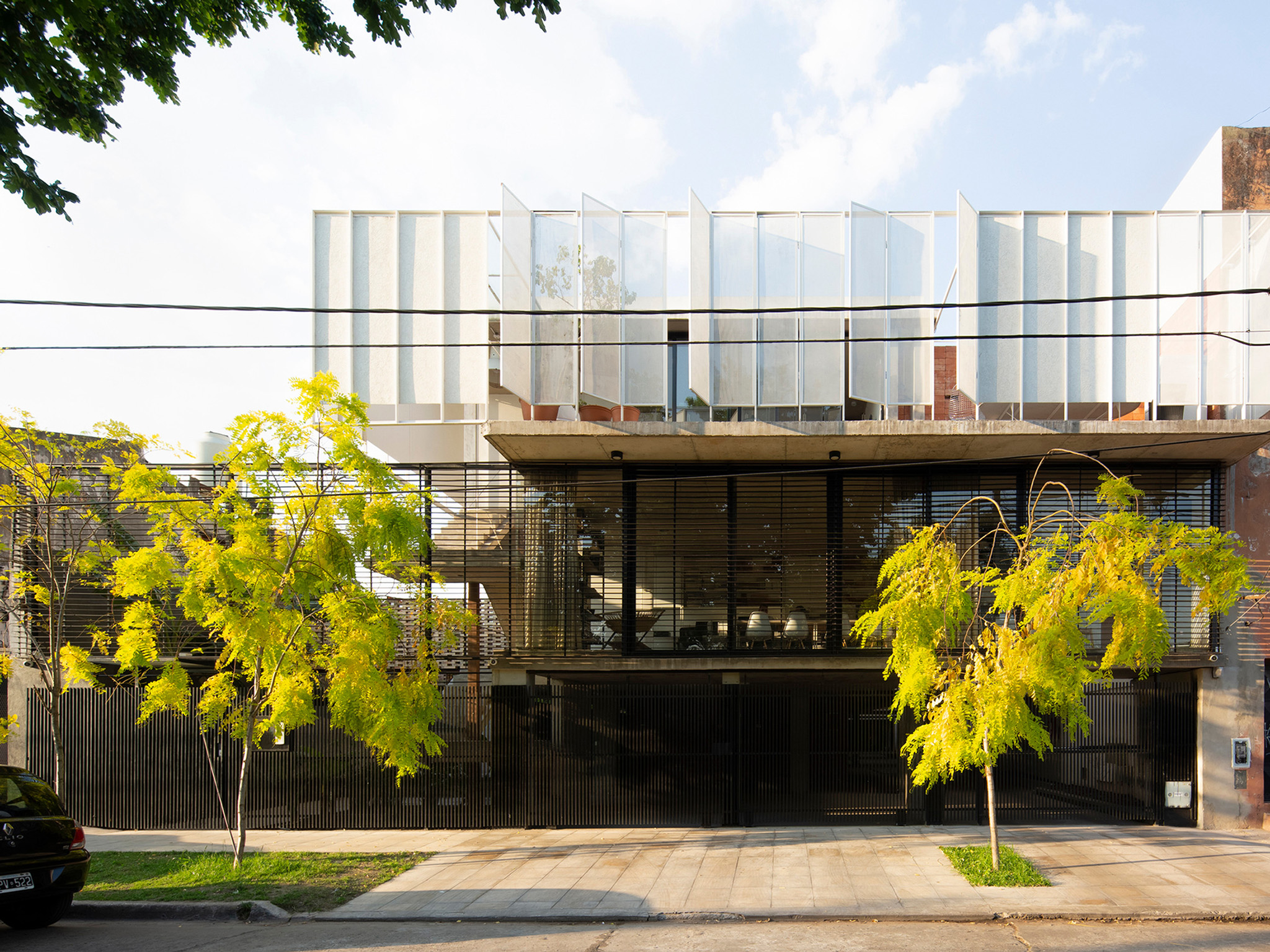
8 Houses by Lucas Nicolas Geya. Photograph by Javier Agustin Rojas.
8 House in Alcántara Street by Cristián Izquierdo Lehmann.
Las Condes, Chile.
8 House in Alcántara Street by Cristián Izquierdo Lehmann.
Las Condes, Chile.
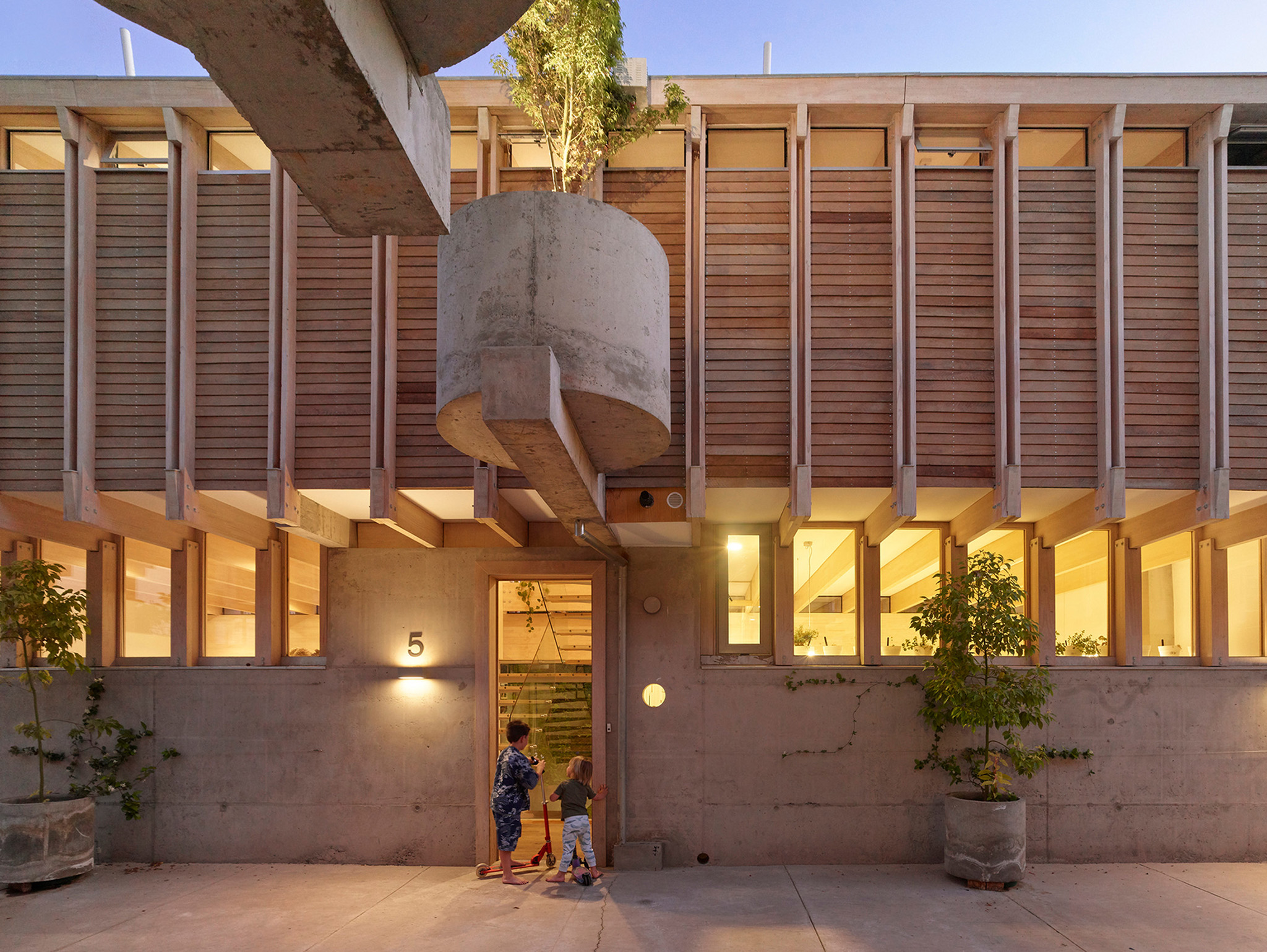
8 Houses in Alcántara street by Cristián Izquierdo. Photograph by Pablo Casals Aguirre.
New Community Center for Otica Native Community by Asociación Semillas para el desarrollo sostenible.
Rio Tambo, Peru.
New Community Center for Otica Native Community by Asociación Semillas para el desarrollo sostenible.
Rio Tambo, Peru.
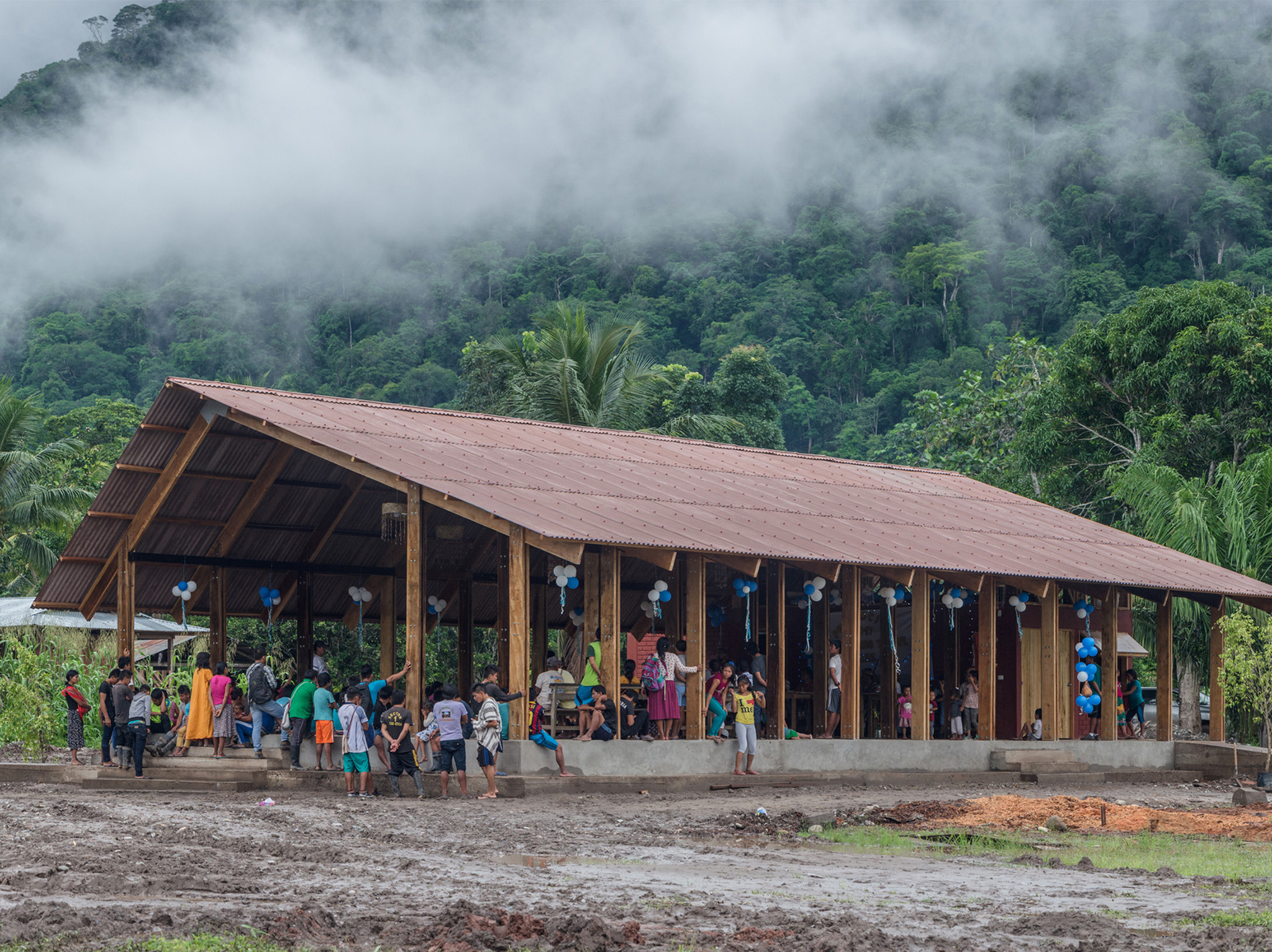
Big House, Otica (Community center) by Asociación Semillas para el desarrollo sostenible. Photography by Eleazar Augusto Cuadros Choque.
Containing the flood: Colosio Embankment Dam by School of Architecture UNAM / Loreta Castro Reguera, José Pablo Ambrosi.
Nogales, Mexico.
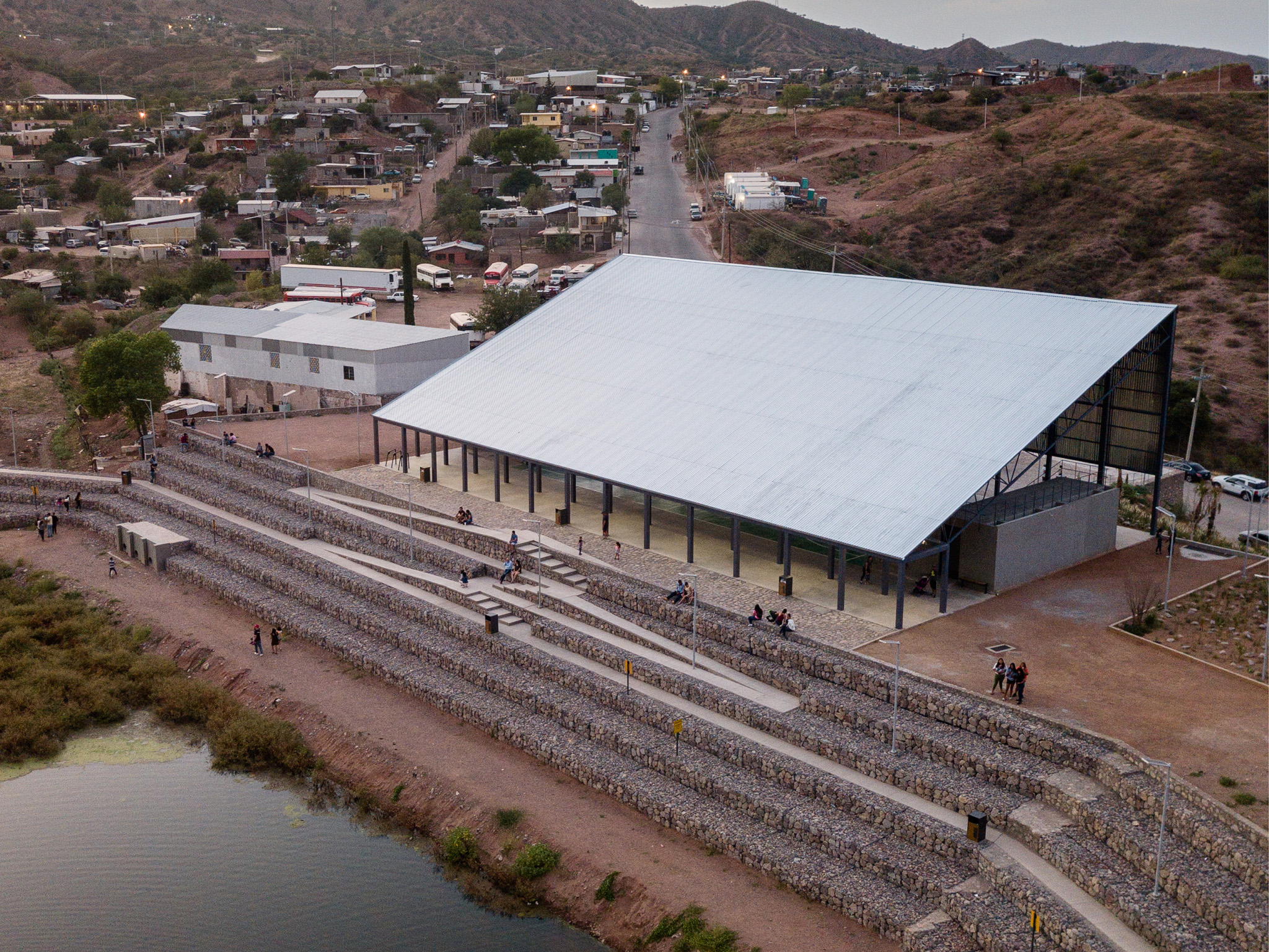
Containing the flood: Colosio Embankment Dam by School of Architecture UNAM / Loreta Castro Reguera, José Pablo Ambrosi. Photograph by Rafael Gamo, Diana Luque.
Earthbox by Equipo de Arquitectura.
Asunción, Paraguay.
Earthbox by Equipo de Arquitectura.
Asunción, Paraguay.
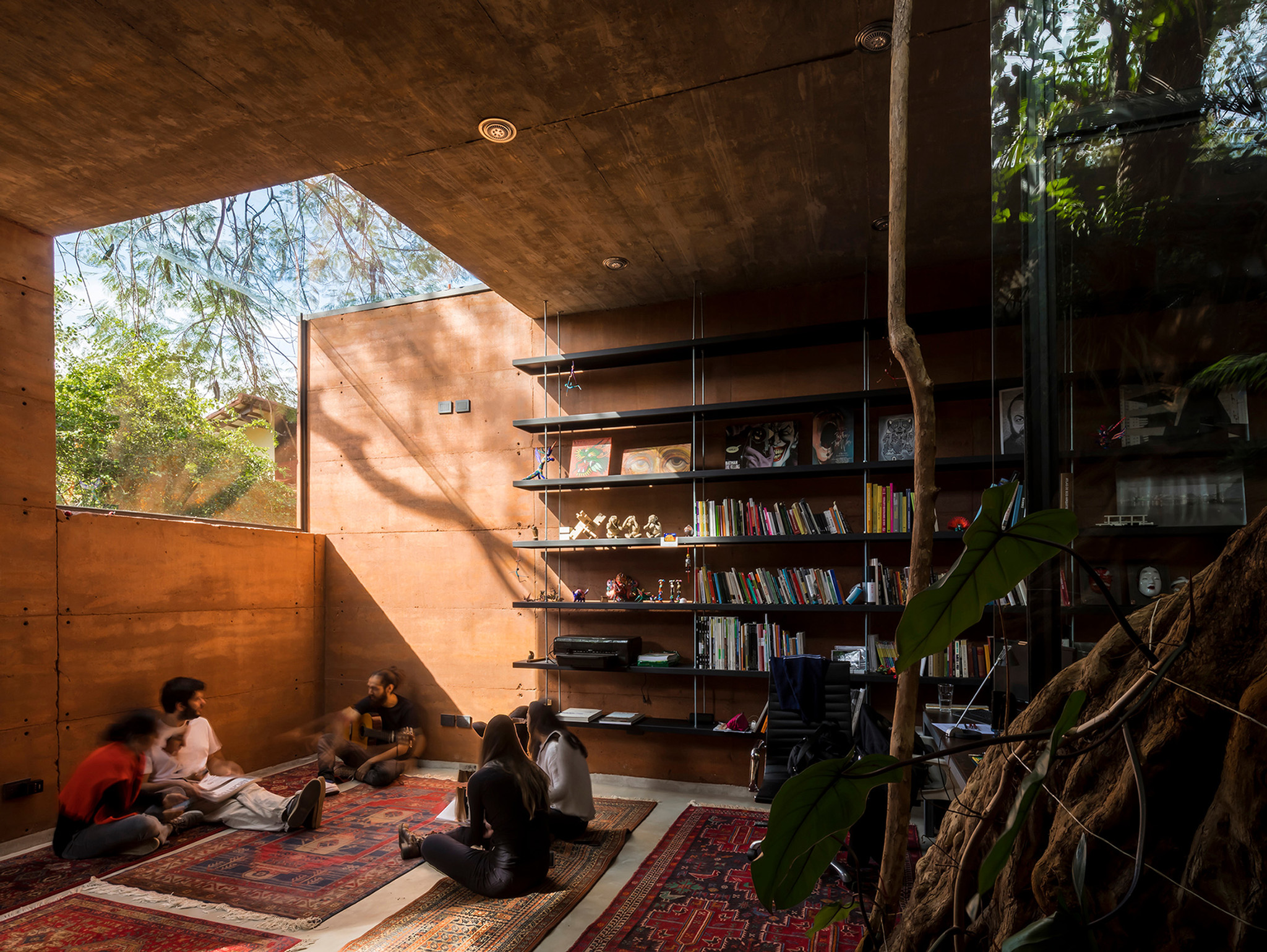
Caja de tierra de Equipo de Arquitectura. Photograph by Leonardo Mendez, Federico Cairoli, Jason Schmidt.
Grand Canal Linear Park by 128 Architecture and Urban Design.
Mexico City, Mexico.
Grand Canal Linear Park by 128 Architecture and Urban Design.
Mexico City, Mexico.
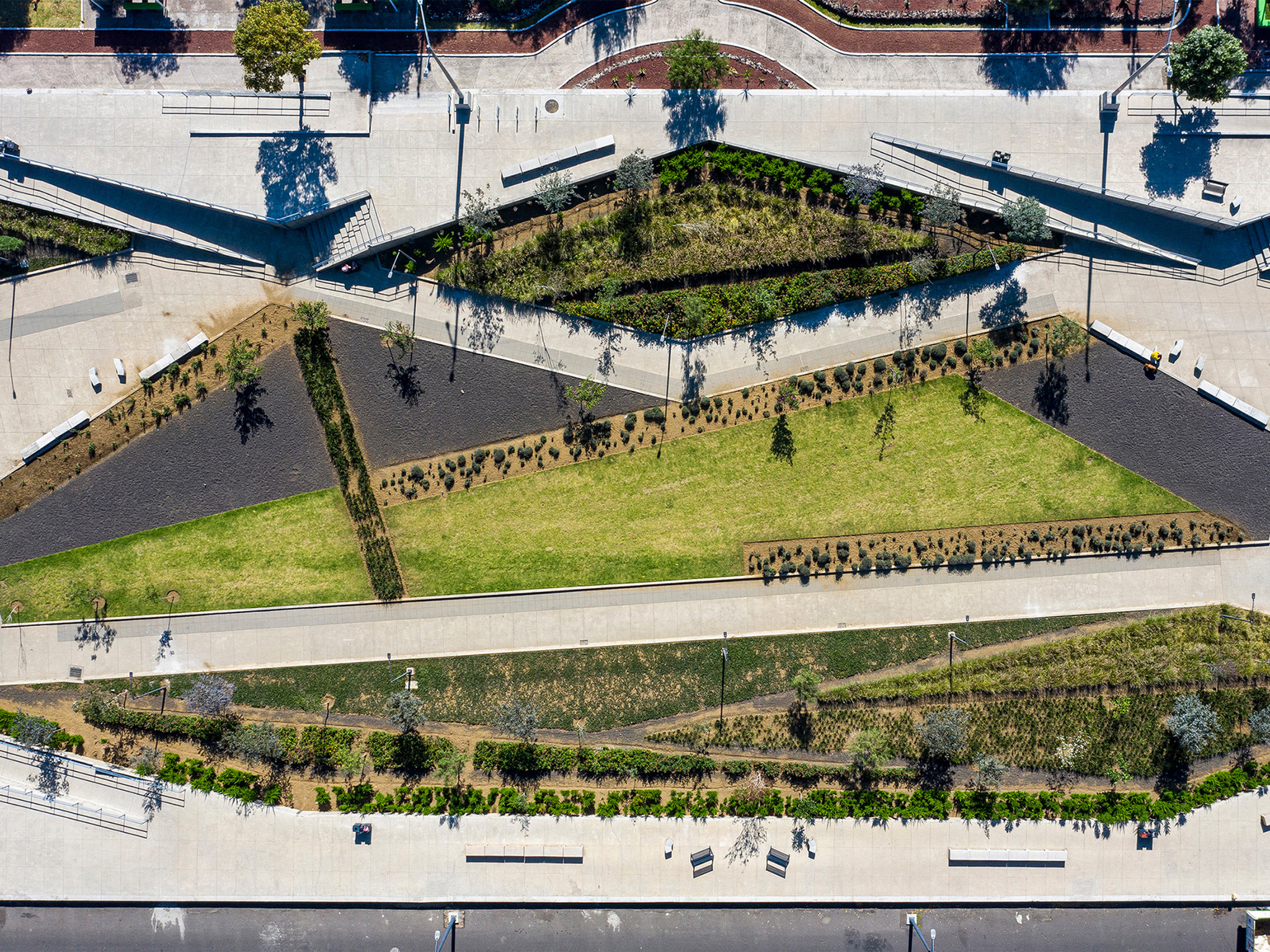
Grand Canal Linear Park by 128 Architecture and Urban Design. Photograph by Onnis Luque.
Guayacan Nursery by Ambrosi Etchegaray.
Villa de Tututepec de Melchor Ocampo, Mexico.
Guayacan Nursery by Ambrosi Etchegaray.
Villa de Tututepec de Melchor Ocampo, Mexico.
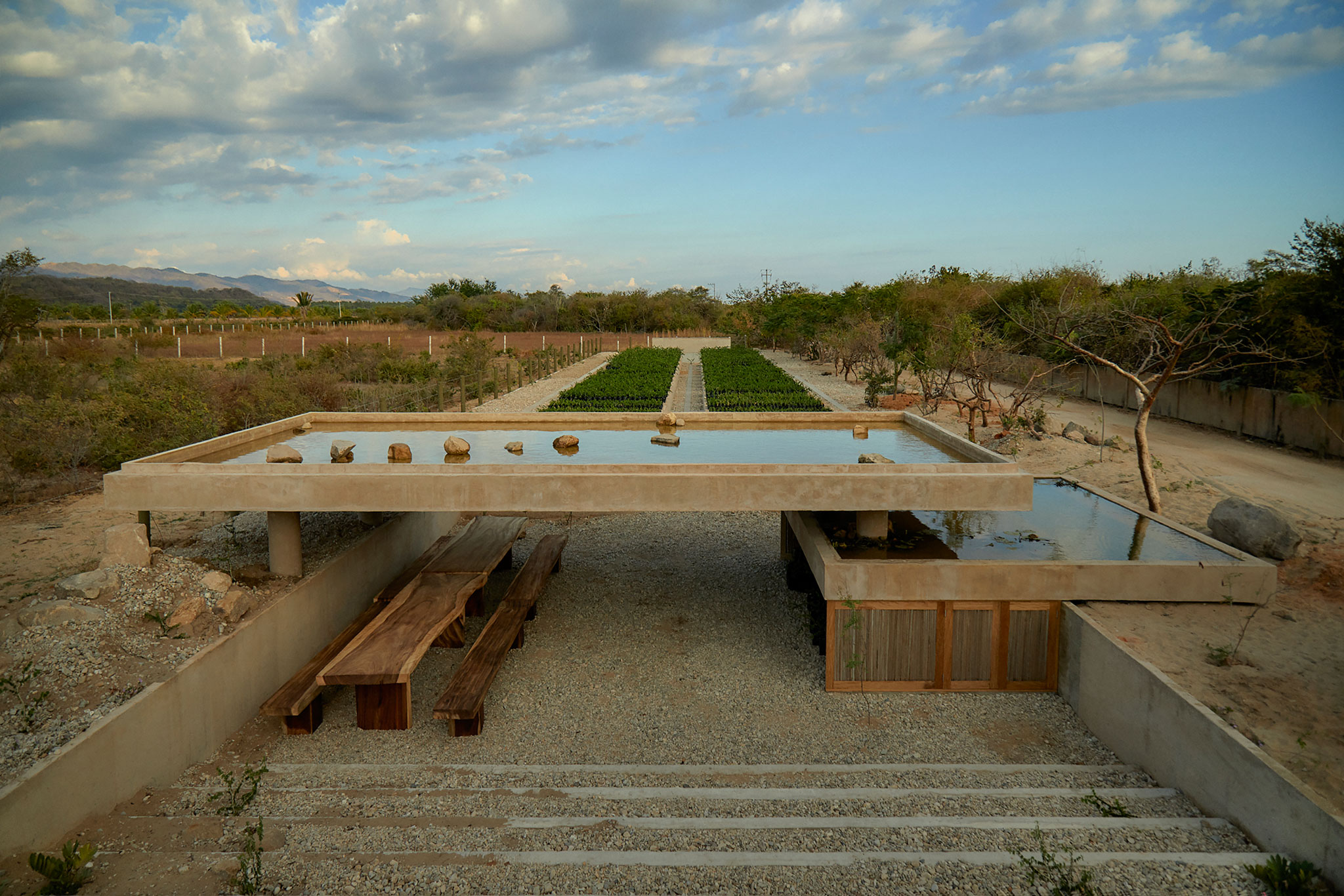
Guayacán nursery garden by Ambrosi Etchegaray. Photograph by Sergio López and Jaime Navarro.
Intermediate House by Equipo de Arquitectura.
Asunción, Paraguay.
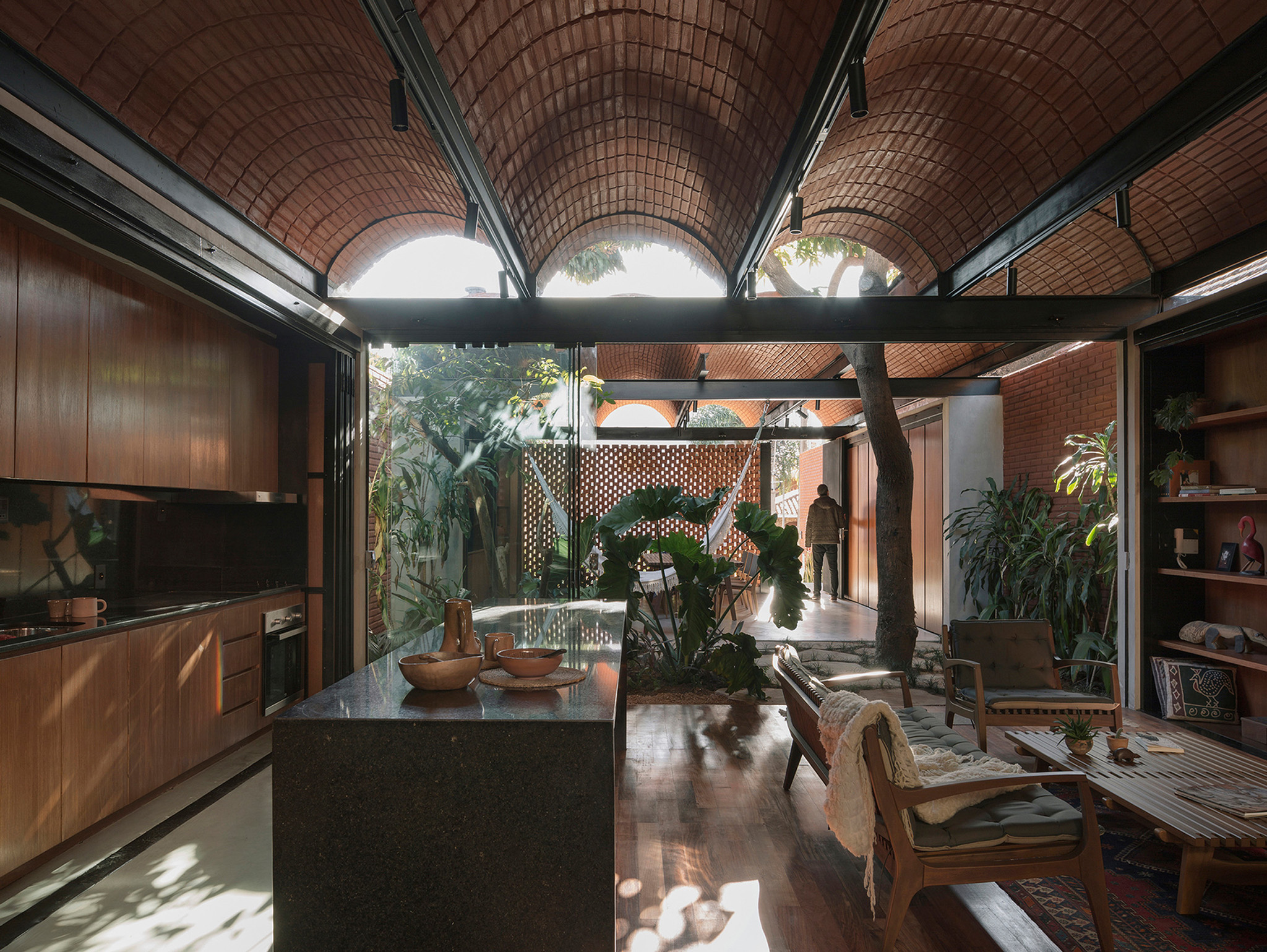
Intermediate House by Equipo de Arquitectura. Photograph by Federico Cairoli.
The Beach and the Time by gru.a.
Rio de Janeiro, Brazil.
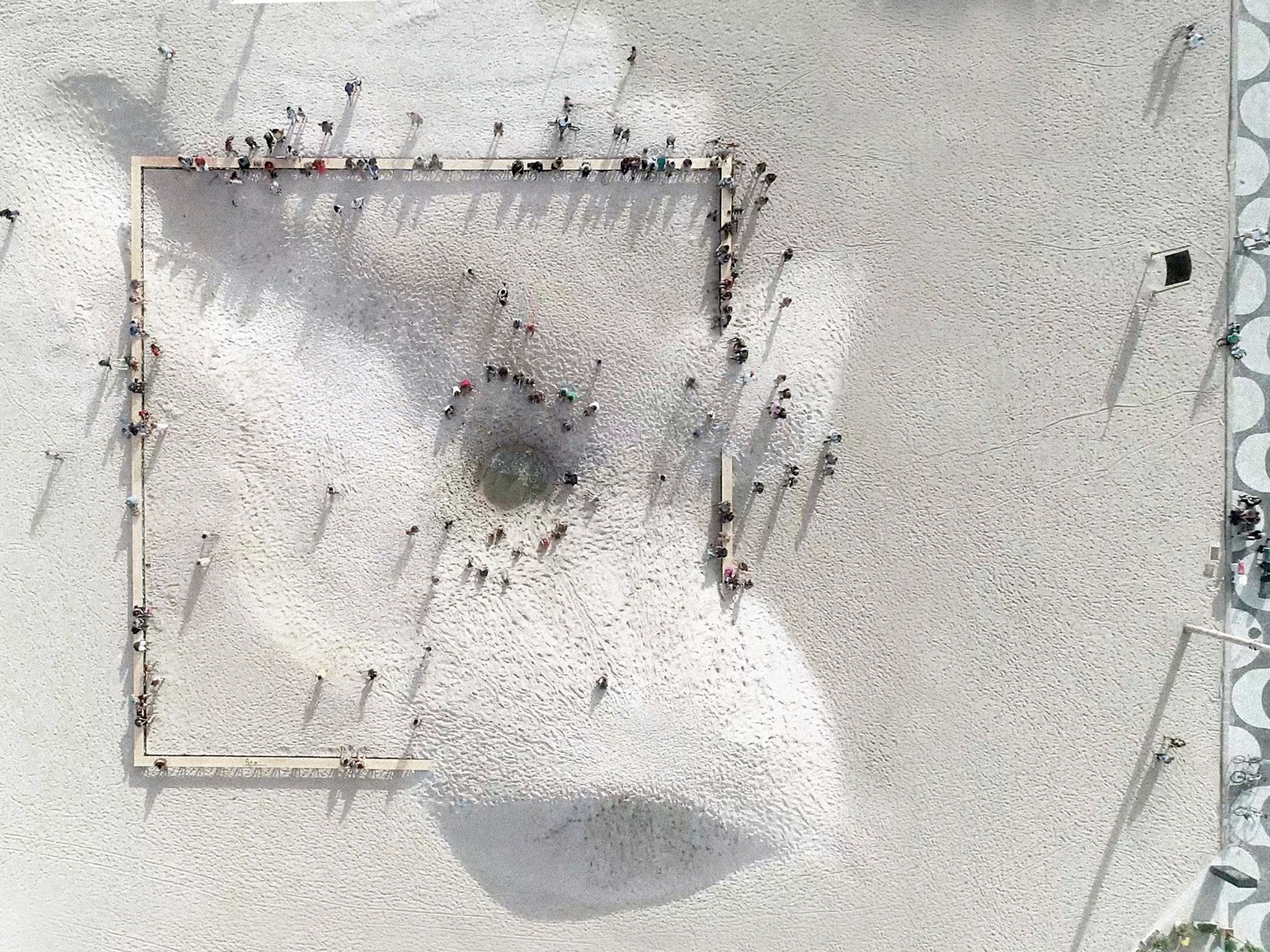
The Beach and the Time by gru.a. Photograph by Rafael Salim and Elisa Mendes.
YPY 1731 Building by Arqtipo, Paola Castelnuovo.
San Martín - Buenos Aires, Argentina.
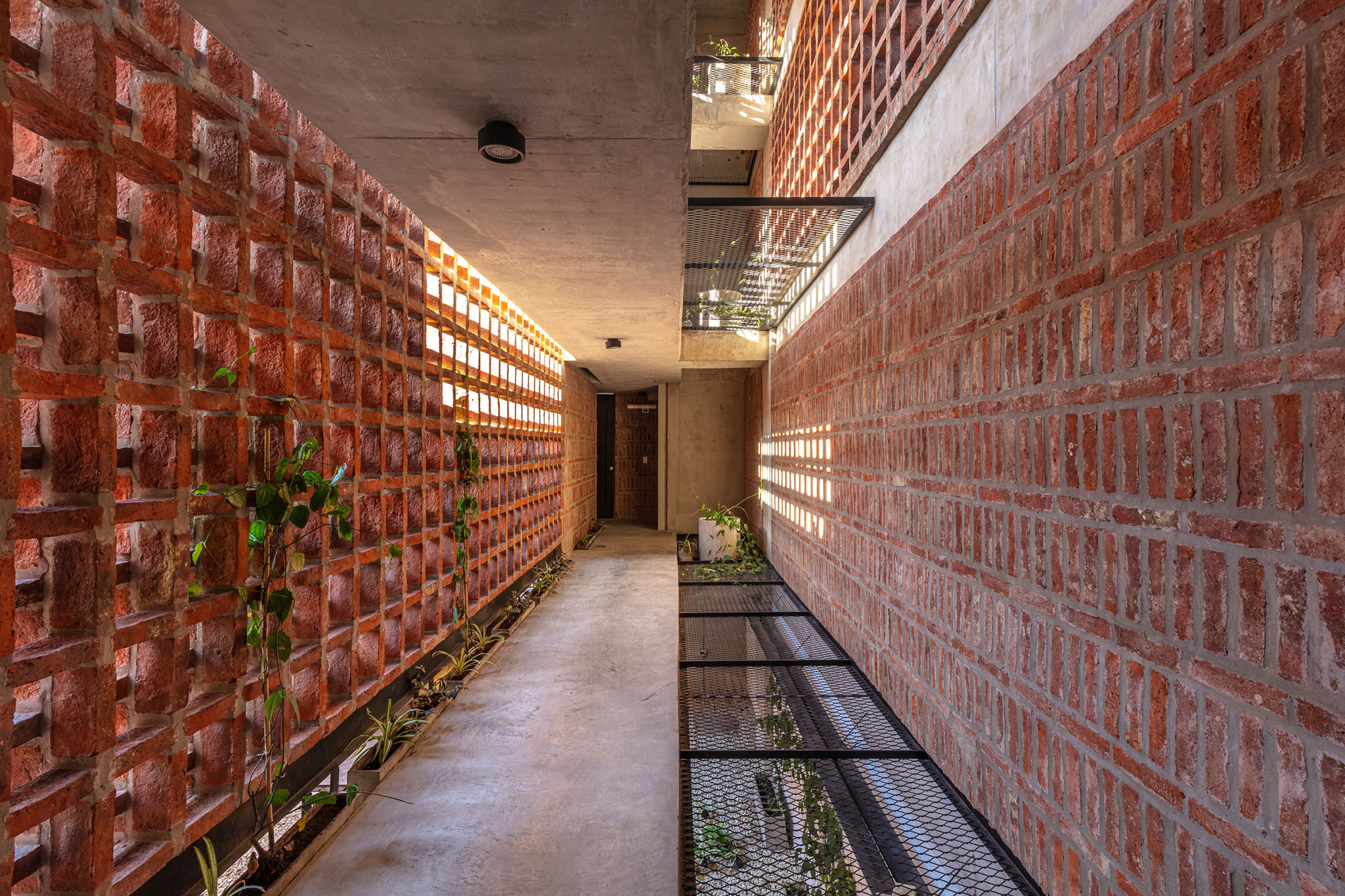
YPY 1731 Building by Arqtipo, Paola Castelnuovo. Photograph by Federico Kulekdjian.












